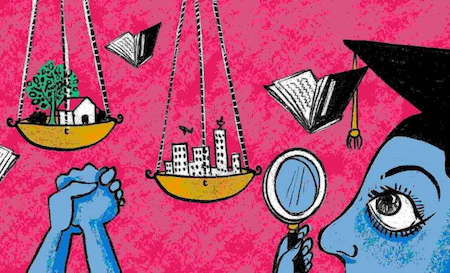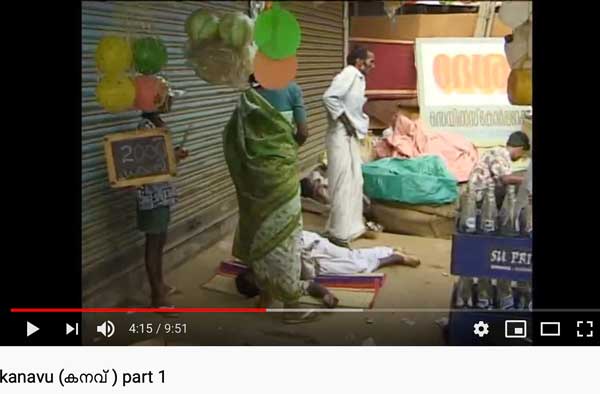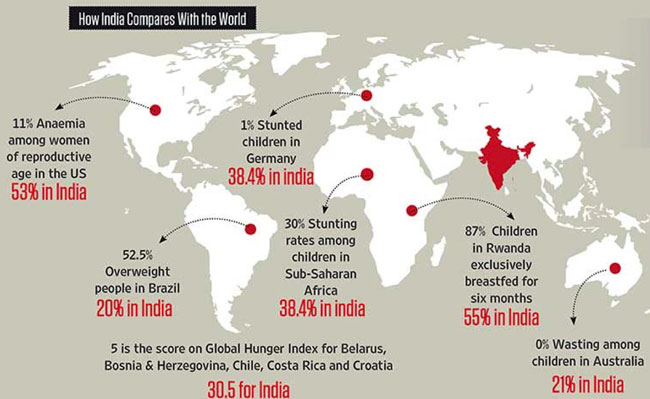Adivasis and alcohol
Historically, ‘pioneers’ of ‘civilized’ dominant (‘mainstream’ is politically incorrect) society have used alcohol to enslave and destroy the indigenous communities they invaded. Like exploitative marauders, they credited themselves with finding ‘new’ lands, sweepingly declaring them Terra Nullis (occasionally even classifying indigenous people as ‘fauna’, making it legal to hunt them).
I recently read that genetically, indigenous people cannot tolerate potent, distilled liquor. The marauders were well aware of this and over centuries, systematically used alcohol to take over their lands and trap indigenous communities into submission and slavery. […]
In India, adivasis brewed their own liquor. But that was part of a social and religious tradition. There was an elaborate cultural ritual to the drinking. And for the most part, the alcohol content was not high.
Deong or handia in Jharkhand state was a rice beer of sorts, a highly nutritious, fermented brew, drunk with ceremony by the community, given to children, women and old people. Drinking this brew alone was unthinkable, culturally taboo. Significantly, it was not a distilled liquor. Another fermented brew made from the mahua flower was consumed in enormous quantities. It provided nutrients at the peak of summer, at a time when the grain stocks were low and no other food was available to food gatherers. It was a cooling drink, bringing relief in midsummer when temperatures soared to 40+ degrees centigrade, and it probably helped keep many people alive during the annual starvation cycle.I’ve listened to adivasi women from Jharkhand, Chhattisgarh and Orissa cry out in despair that alcohol is decimating their families and the adivasi community in their regions. Women in the North East are veterans of anti-alcohol campaigns. When I told them prohibition has never stopped alcoholism, they said: ‘True, but if it’s banned, we can close the illicit shops near us. We have a weapon to fight with.’
In the Nilgiri mountains, a group of irate villagers forced a liquor shop to close. They were sick of their men paying all their wages to the bar keeper while the family starved. A few days later, the bar owner returned, armed with a court order and police protection. The shop was back in business.
In several villages in the Gudalur area, alcohol vendors brought enormous plastic jerry cans of vodka-potency alcohol to the fields where the men were working and offered it to them on credit. The men could pay on wage day, Saturday, the liquor vendors kindly suggested. Now, the men stagger back drunk every evening and on Saturday, add insult to injury, they return home drunk and penniless. The families literally starve. Arguments turn ugly and women are resigned to the weekly Saturday night violence.
So the women of India who’ve fought for prohibition have no time for elitist arguments about free choices and the rights of the men to drink themselves silly. For them, it’s a matter of life and death. Quite literally. And not merely because men die of alcohol-related diseases. Because the entire family of an alcoholic often starves and is faced with stark poverty and malnutrition.
In Delhi last week, I met Dr BD Sharma, civil servant extraordinaire, former Commissioner of the Scheduled Tribes and Scheduled Castes Commission. […] Sharmaji told me something I had never heard before. In the 1970s, he informed Prime Minister Indira Gandhi that alcohol was being used by exploitative traders and money lenders to create indebtedness and enslave adivasi men. Alcohol, he explained, was part of tribal culture in most areas. So knee-jerk policies would not work. He suggested the government create and implement an official Excise policy to be designed by the Tribal Affairs Ministry. […] Adivasi activists, enthused by the fact that a precedent was set in 1974, hope to revive this in central Indian adivasi areas. Let’s hope they succeed.
Source: Adivasis and alcohol by Mari Marcel Thekaekara, New Internationalist, March 14, 2011
Address : https://www.newint.org/blog/majority/2011/03/14/adivasis-and-alcohol/
Date Visited: Tue Aug 16 2011 19:22:16 GMT+0200 (CEST)
[Bold typeface added above for emphasis]
Read more posts by Mari Marcel Thekaekara >>
Accord | Ashwini community health programme | Gudalur | Nilgiri | Shola Trust | Viswa Bharati Vidyodaya Trust
“If women are empowered, there is more development in society” – Droupadi Murmu
Find this and other speeches by the 15th President of India >>


“Kerala alcohol study reports that 11% of adult males are at risk pattern of drinking and 4% of adult males have an alcohol use disorder. State has adopted a liquor policy in 2014 restricting the sale of alcohol only to five-star hotels and shutting down around 700 bars in the wake of the policy.” – Government of Kerala Department of Health and Family Welfare And Arogyakeralam (August 2017) >>
“Another area of concern is the growing level of alcohol consumption in Kerala, which is highest among States in per capita terms. […] In the case of accidents on national highways, more than 72 per cent were related to drunken driving. Domestic violence is also on the increase due to high alcohol consumption. Alcohol related diseases are growing leading to high occupancy of hospital beds in hospitals.” – Human Development Report 2005 Kerala (Government of Kerala, 2006) >>
“Tribal cultures the world over are intricately linked with the forests they live in. The story, or should wie call it the ‘history’ of modern civilization, is largely one of the taming and destroying the great forests of the world and the innumerable tribal communities that lived therein. […] Vices like alcoholism were introduced; the addiction is now used by the settlers to exploit resources from the forests.” – Pankaj Sekhsaria in Islands in Flux: The Andaman and Nicobar Story (Harper Litmus, 2017), pp. 5-7

Find copies of Pankaj Sekhsaria’s books
Indian publishers and distributors | WorldCat library search >>

Graphic © Outlook India 26 August 2019 | Enlarge >>
“The tribal food basket has always been diverse and nutritious” >>
“Health spending by the Indian government as percentage of GDP has long been one of the lowest for any major country, and the public health system is chronically dismal.” – Pranab Bardhan in “The two largest democracies in the world are the sickest now” | Learn more: Scroll.in, 24 August 2020 >>
Research the above issues with the help of Shodhganga: A reservoir of theses from universities all over India, made available under Open Access >>